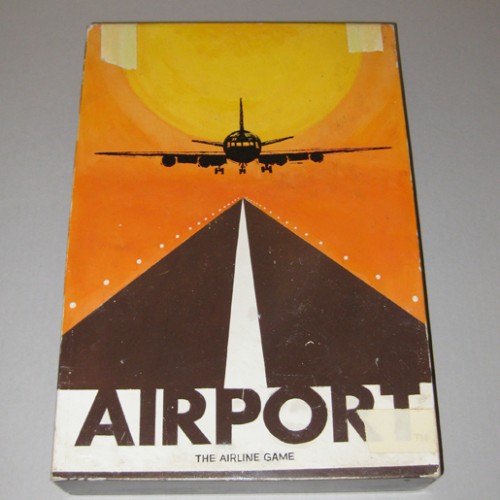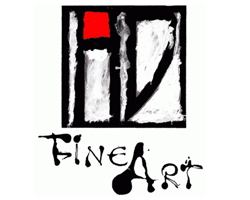Product Description
Tim Liddy, Airport (1972), The Airline Game 2008 Oil and enamel on copper, plywood back



TIM LIDDY (b. 1963) Missouri
“Airport” (1972) The Airline Game 2008
Oil and enamel on copper, plywood back
Signed in script: Tim Liddy, red circular ring, “circa 1972”,
H: 12 7/8” x W: 8 7/8” x D: 2”
With his recent paintings, Liddy has both reasserted the construct of hyperrealist painting and developed a thoroughly unique advancement of that mode by extending the cultural reality of the indexed original. Based on the illustrated box lids of vintage board games, Liddy has recontextualized a subject, which evokes the underlying rules of life. Painted on copper or steel in the precise dimensions of the original, the metal is then manipulated to demonstrate the exact rips and tears from years of usage and includes trompe-l’oeil renditions of the scotch tape that might be holding the cardboard box together, the assorted stains, or the various graffiti of time. Liddy leaves no possibility of ambivalence, these works speak to a concurrent understanding of their original object identity and to themselves as works of art engaged in historical and psychological dialogue.
Tim Liddy, Airport (1972), The Airline Game 2008 Oil and enamel on copper, plywood back
You must be logged in to post a comment.
***Top quality gem blue zircons over 10 carats trade at a minimum price of $200 per carat and go up from there depending on the size of the stone and the quality of the color. Blue zircon, the most popular color, is produced by heat treatment of brown zircon. But not all brown zircon will turn blue when heated; only some zircon has the right physical structure for this to occur. This is why most blue zircon comes from certain sources in Cambodia or Burma. Blue zircon is a reasonably hard gem with a Mohs hardness of about 7 to 7.5. Blue zircon has some unique properties that make it very popular with gemstone aficionados. Not only does zircon have outstanding brilliance, but it also has very strong dispersion or fire, the tendency to split white light into the spectral colors. Zircon also has very pronounced birefringence or double refraction, with a wide variance between the two refractive indices. This can be often be observed with the naked eye when you look down through the table of a cut zircon; you will observe facet doubling that makes the facet edges appear blurred.

Reviews
There are no reviews yet, would you like to submit yours?